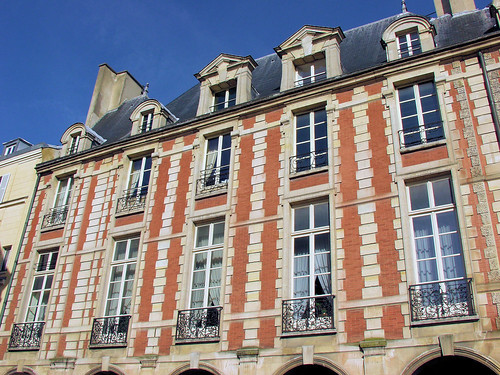The new Paris Immigration Museum, the Cité Nationale de l’Histoire de l’Immigration, proved so controversial that no senior politician could be found to open it.
Perhaps that’s because, for all of its messages of tolerance and acceptance of difference, it presents what are likely to be, for many, unpalatable truths. The visitor climbs the stairs of the uncomfortably fascist-feeling building (it was built for the International Colonial Exposition of 1931 and the huge facade frieze shows colonial labourers toiling for the empire’s glory) to start their tour beneath a series of maps.
These are facts, presented raw and enlighteningly, movement of people over the past century or so presented as broad sweeping arrows whose width corresponds to the numbers of people on the move.
There’s a powerful reminder that for at least the first half of the 20th century, and certainly at its start, the flows were almost all outward from Europe. It was a continent, it seemed, with huddled masses without hope at home.
Continue reading
